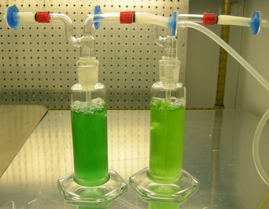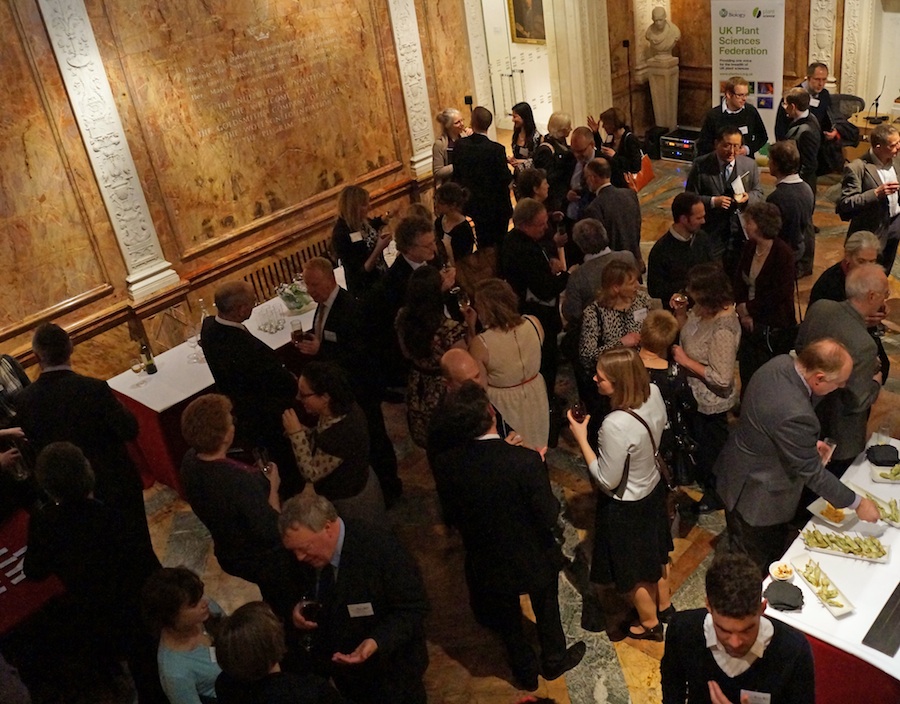It’s that time of year when conference registrations are open and early bird deadlines are coming up fast. If you want to go to one but are unsure about the cost, take a look at the travel grants below. They all have fairly simple application processes and several deadlines throughout the year, but get your applications in within the next few weeks for summer conferences.
Remember, if you’re a student, you can use your training grant to pay for conference fees and travel. Attending and presenting posters or talks at conferences is an important part of a PhD studentship.
- Company of Biologists travel grants from the Society of Experimental Biology: Deadlines 31 March, 30 June, 30 September, 31 December 2014. Funding to attend a UK (£250) or international (£500) conference. You have to be a member of SEB, or to buy a multi-year membership, to apply.
- Honor Fell travel award from the British Society for Cell Biology, sponsored by the Company of Biologists: Rolling deadline. Up to £300 for UK meetings and more for international travel is available to students and post-docs.
- Biochemical Society travel grant: 7 deadlines throughout 2014 – submit as early as possible. Members of the Biochemical Society can apply for a travel grant of up to £750 to attend a meeting.
- British Society of Plant Pathology travel grants: Deadlines 28 Febrary, 31 May, 31 August, 30 November 2014. Travel funds are available for BSPP members to assist with expenses for conferences, study tours and visits. The amount available varies, but will not be more than half the cost of your trip.
- Society of Biology travel grants: Students and early career researchers can apply for £500 for overseas travel in connection with biological study, teaching, research, or attending a conference.
- Genetics Society Conference Grants: Deadlines 1 May, 1 August, 1, November. Up to £750 is available to PhD students and post-docs within two years of their viva to cover travel, accommodation, and registration cost for conferences and meetings. Also, up to £150 is available for travel to Genetics Society meetings.
Why not try and get some funds to attend UK conferences PlantSci 2014 (£200 is up for grabs for the best student/postdoc talks!), SEB 2014 or our very own GARNet 2014?









